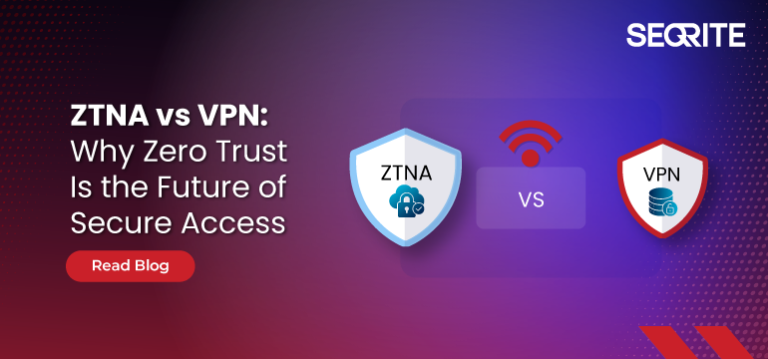How to Build a Cybersecurity Strategy for Plant Operations

Strong 8k brings an ultra-HD IPTV experience to your living room and your pocket.
The combination of the two technology fields, information technology (IT) and operational technology (OT), is a significant issue and a major roadblock in our modern society, where everything is interconnected in digitally connected manufacturing environments. Quick data and intelligent robots make work easier and faster, but they also create many opportunities for cybercriminals. Having an effective strategy to combat cyber hazards in plant operations is now a requirement, not an option.
Cybersecurity for plant operations is a crucial aspect of mitigating risks. It oversees the key systems and technology that keep factories running. A good cybersecurity plan prevents malicious cyber actions and ensures work is conducted securely, on time, and in compliance with regulations.
Why It's Important to Protect Plant Operations from Hackers
Factories rely on outdated technology and weak connections between their office and main work computer systems. They are at significant risk because of this. Hackers could disrupt all work, steal data, or even cause damage if they manage to get in. For any plant, this means serious trouble. Therefore, having a solid, secure plan is crucial.
1. Evaluate the Present Security Position
Know where you stand before creating an online security plan. This comprises:
Asset inventory: Make a list of everything you own, including sensors, controls, devices, and any equipment that connects to your plant.
Data Flow Mapping: Examine how information flows throughout your location.
Identifying weaknesses: Be vigilant for outdated software, open access points, and systems with weak security.
Knowing how prepared your plant is to deal with cyber threats is crucial.
2. Create a Multidisciplinary Group
IT specialists, OT engineers, and upper management are crucial in helping cybersecurity for manufacturing Industry. Assembling a team from these categories ensures that the security measures encompass everything, from maintaining physical security to securing the network.
Everybody contributes unique knowledge:
IT: Capable of managing network regulations, safeguarding data, and responding to issues.
OT: Has extensive knowledge of SCADA systems, PLCs, machinery, and plant operations.
Leadership: Ensures that it aligns with the company's objectives and financial allocation.
3. Establish strong access controls in place
The primary defense in cybersecurity for plant operations is access control. Only allow employees to utilize the systems they require for their jobs by adhering to the principle of least power.
Essential strategies consist of:
Role-based access control (RBAC) with multi-factor authentication (MFA)
Timed entry for outside parties or contractors
Recording and monitoring every attempt at entry
4. Regularly patch and update systems
Numerous malicious actors exploit well-known vulnerabilities in outdated firmware and software. Establish a consistent strategy to patch and update every system on schedule.
Additional security precautions to consider when outdated systems cannot be updated include: - Disconnecting the device from the rest of the network - Installing intrusion detection systems (IDS)
5. Implement Training and Awareness Initiatives Frequently
Human error is frequently the cause of cybersecurity issues. Regardless of their position, training your team is essential to the success of any cyberspace protection strategy.
Training should include:
- Awareness of phishing
- Use of USB gadgets securely
- Identifying strange actions
- How to report problems
Make educating your employees about cybersecurity threats a regular aspect of your business operations rather than a one-time task.
6. Create a Plan for Incident Response
Breaches can still occur even with extreme caution. A well-defined incident response plan ensures that your team can take quick action to minimize damage.
Important components are:
Establish roles and responsibilities
Detailed response steps
Methods of communication
The process of looking back after an event
You should frequently use table games or simulated runs to test the design.
7. Maintain Adherence to Industry Standards
The guidelines for maintaining cybersecurity for manufacturing companies are becoming increasingly stringent. Be informed about the necessary regulations, such as:
Framework for NIST Cybersecurity
ISA/IEC 62443, which is specifically designed for factory control systems
ISO/IEC 27001
Data security laws in this country and around the world
By adhering to these guidelines, you reduce risks and foster confidence among your team, buyers, and regulators.
Concluding remarks
Things change quickly, and with them come the risks of cyber dangers. An effective cybersecurity for plant operations involves integrating securely into every aspect of your operation, not just installing robust firewalls and performing virus scans.
Cybersecurity for manufacturing Industry must plan, collaborate, and adapt to the unique requirements of the workplace to ensure effective cybersecurity. You can protect your work from disruptions and ensure its long-term robustness by examining current risks, investing in new technologies, and fostering a culture of security.
Note: IndiBlogHub features both user-submitted and editorial content. We do not verify third-party contributions. Read our Disclaimer and Privacy Policyfor details.







